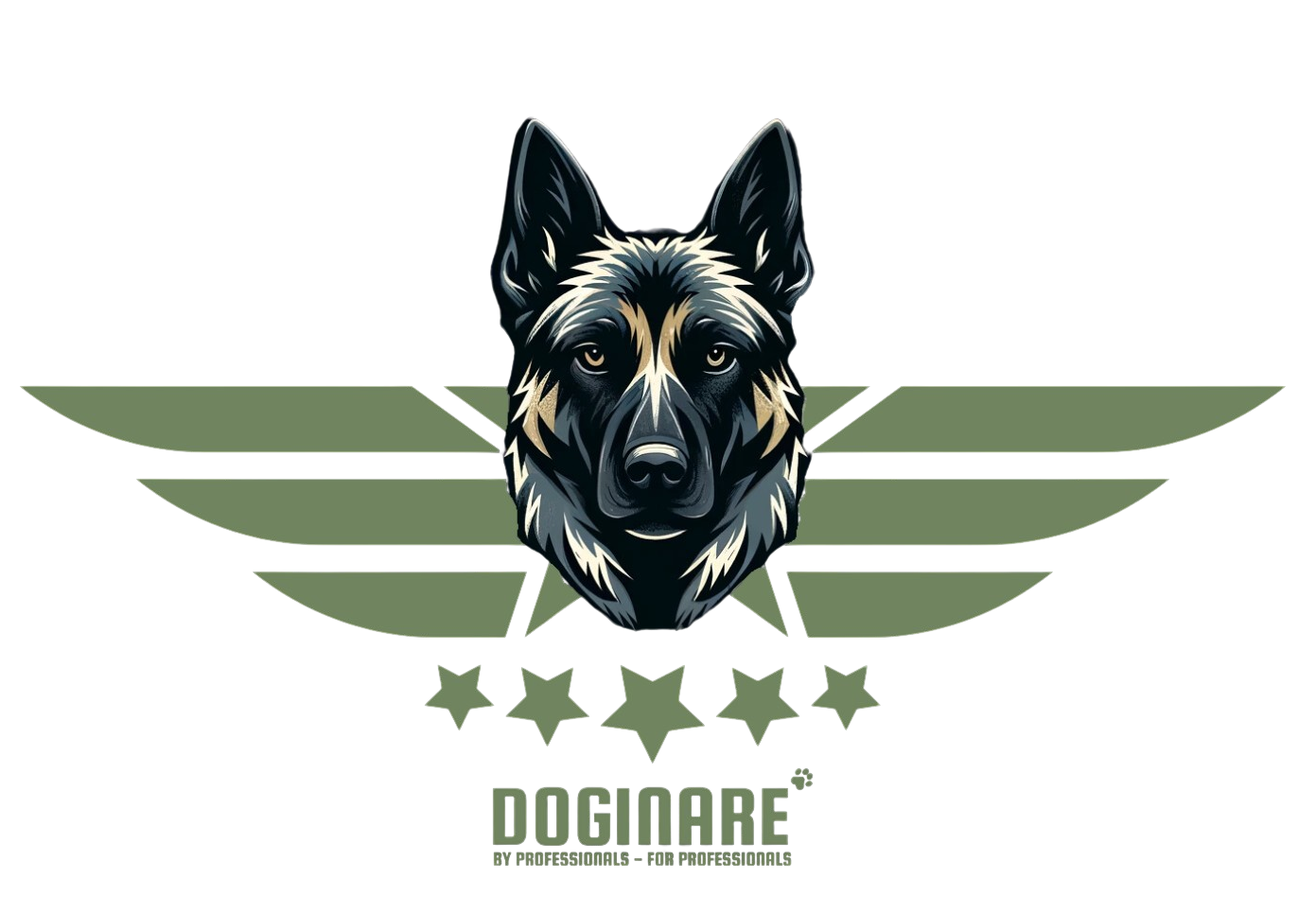💥 Do the Smells of Detonators, Fuses, and Boosters Benefit Us?
In real-world deployments, every second counts. Professionals working with explosive detection dogs know: it’s not just about the explosives themselves, but also about everything that triggers them. Because without an initial ignition, there is no detonation. So the question is: should we train our dogs on the odors of detonators, fuses, and boosters? My answer is clear – yes. And here’s why.
🔍 What Actually Triggers an Explosion?
There are many different ignition systems, depending on the context, origin, and intended use of the explosive device. Here are some examples of typical components a detection team might encounter:
-
Detonating cord (usually with PETN or RDX)
-
Ignition boosters (made from TNT, PETN, RDX)
-
Blasting caps (with lead azide and nitropenta)
-
Powder fuses (black powder-based)
-
Electric ignition systems and measuring devices
-
Nonel shock tubes
-
Pyrotechnic igniters (E-matches, squibs)
-
Ignition accessories like circuit testers, wires, distribution boxes
Which of these are olfactorily relevant to the dog? All of them.
🐾 Why These Odors Matter in Training
Many dog teams focus solely on the classic explosives – RDX, TNT, ANFO. But it’s often the smaller components, like ignition devices, that are detected first. A spool of detonating cord with PETN is both visible and smellable, if the dog has been trained for it. The same applies to boosters, which often contain materials that the dog can easily detect.
Detonators, for instance, contain highly energetic substances: lead azide as the primary, and nitropenta (PETN) as the secondary charge. Most are ignited by fuses that contain black powder. These substances must be included in detection training.
📘 From the Field: Odor vs. Substance
In my book, I explain in detail how odors are shaped by manufacturing residues – from cotton and plastic wrappings to chemical treatments. This results in complex scent profiles that dogs must learn to identify. Training only on pure substances risks overlooking real-world cues your dog might otherwise detect early.
🧪 Nitropenta and Black Powder Are Essential
Nitropenta appears in various forms – from boosters to det cords to military charges. Black powder is old but still widely used in fuses. It’s often the first thing a trained nose picks up. If you skip training on these, you’re leaving your dog under-equipped.
✅ Conclusion: Use Every Advantage for Detection
Detonators, fuses, and boosters aren’t just accessories. They’re clues. They’re warning signs. And most importantly: they are trainable. If you want to build a truly reliable detection dog, these components need to be part of your training – safely, legally, and effectively.
My recommendation: work with both pure substances and actual components in training – and always under appropriate legal and safety conditions.
📚 Learn more in my book and online course:
👉 DOGINARE Shop – Modern K9 Training for Police, Military & Protection

0 comments